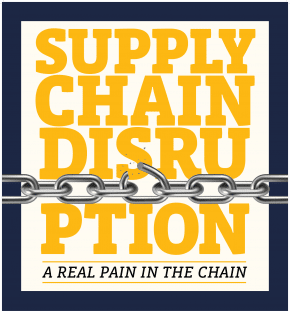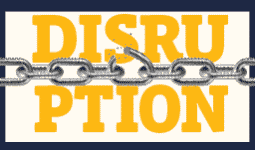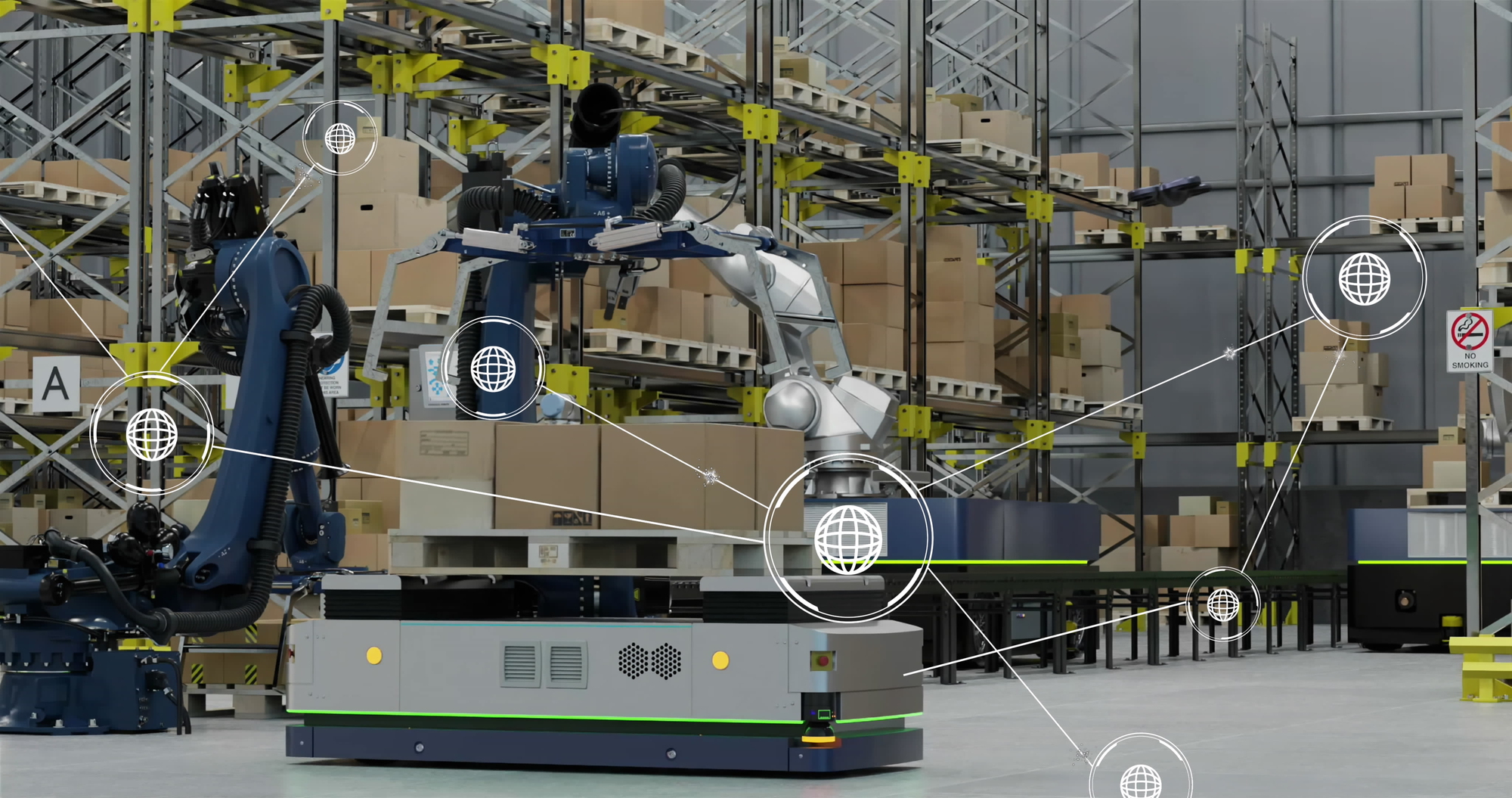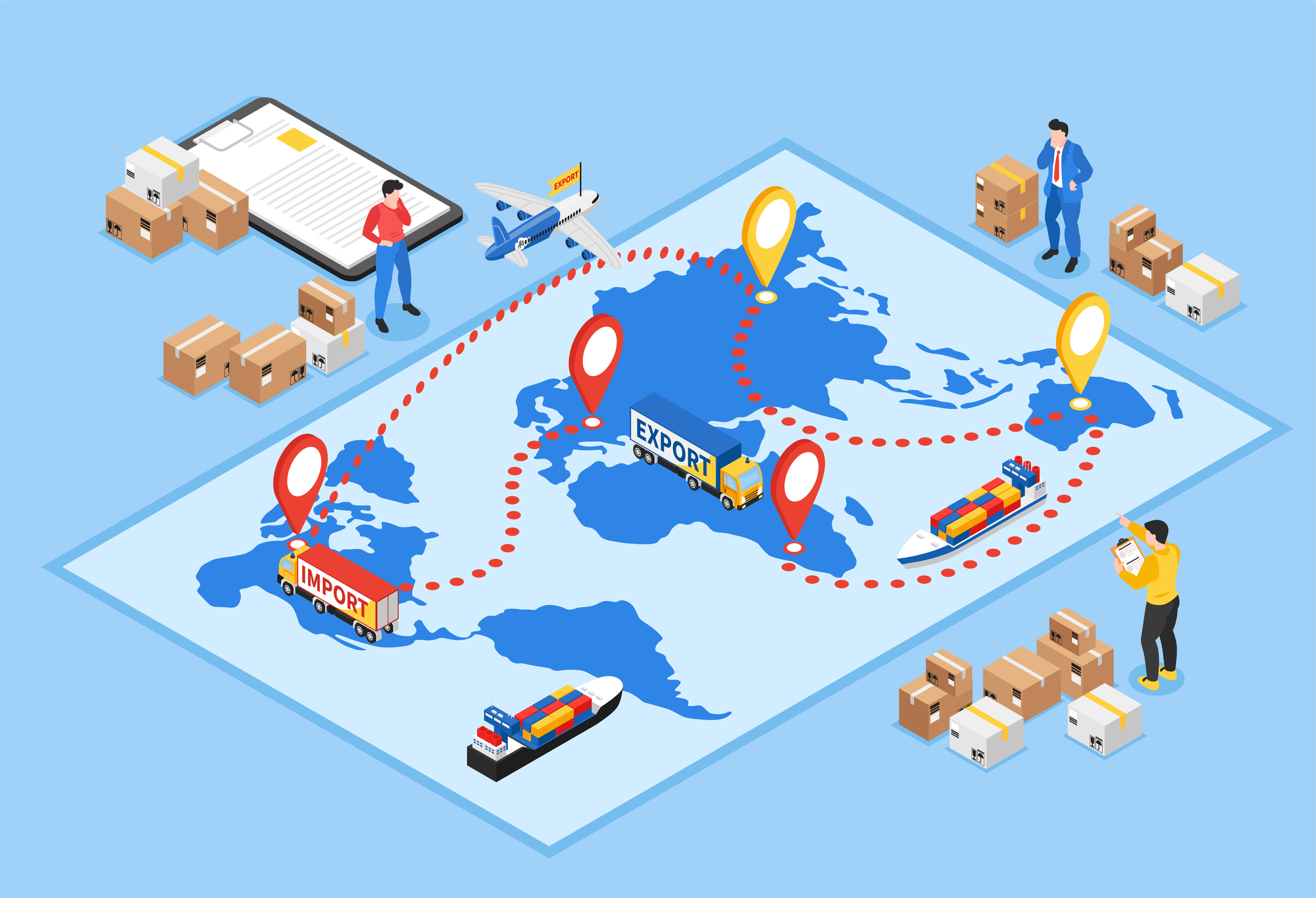
Organizations, still reeling from the supply chain fallout from the COVID19 pandemic, continue to be squeezed tighter as they try to find a new balance between supply and demand. Challenging enough during “normal” times, organizations struggle to understand the total cost of their facilities maintenance, repair and operations supply chain – and the impact on value, sustainability, and profitability.
To meet performance goals and manage supply chain risk, organizations need end-to-end visibility into their supply chain, particularly because of the impact of supply chain disruptions and other circumstances that are out of their control. To gain a greater level of transparency, organizations are now adopting a digital supply chain control tower approach. Supply chain control towers enable collaboration across functions, leveraging organizational knowledge and digital technologies, such as:
- Advanced data analytics
- Robotic process automation
- AI/ML
This breaks down functional silos, eliminates outdated/manual processes, and gains real-time visibility for actionable insights.
Key Benefits of the Supply Chain Control Tower
Digital supply chain control towers enable organizations to better understand how everything is connected so they can:
- Prioritize and optimize supply chain operations
- Resolve critical issues in real-time
- Mitigate future supply chain risks
Here we outline the key steps to mitigate your supply chain risk and get you closer to a digital supply chain control tower approach:
- Assign an accountability partner. Despite the fact that the maintenance, repair and operations supply chain impacts so many functions, there is no single point of responsibility. Operations and maintenance teams can’t be expected to meet performance goals, let alone ensure they are aligned with the goals of the rest of the organization, when they’re working in a vacuum. Assigning a single point of accountability helps facility managers, plant managers, maintenance technicians and contractors see how their processes impact the organization upstream and downstream. Whether internal or with the help of a third party, someone needs to lead the charge of managing the parts supply chain.
- Review your parts spend & supplier data. Have your accountability partner review your parts spend data, starting with your top ten suppliers. Check parts invoices, Pcard statements, or any other purchase records on materials and supplies. Be sure to consider what you’re spending on parts with service providers who purchase supplies to complete repair and maintenance work orders. Getting visibility into what you’re buying, from where, and how often, starts here. Your accountability partner should also request this spend data from your top 10 suppliers, including manufacturer name and part number to enable alternative sourcing. 2 – 3 years of data works best to ensure you have captured an accurate usage sample. Prepare for some difficulty in this step. Some suppliers require diligent follow up. Smaller organizations may need to enlist the help of a 3rd party with existing supplier relationships who can pool their parts spend with other organizations to leverage suppliers (more spend = more attention).
- Identify critical assets/spare parts to design a usage forecast. Once you have some visibility into your parts, you can start to identify the most important parts. Think about your critical production lines, refrigeration, health and safety, hvac, and any other revenue-generating assets or essential items vital to managing your operations and upholding the company brand. Interview your technicians and FM’s. They should have a sense of what’s important and hardest to find. Check the items they flag against spend data and look at trends over time, by region and by facility location. Understand where potential risks are by determining what is likely to fail next and where, so that you can prepare for it in advance. Have too much data and not enough time? Don’t know where to start? Send your data to SDI and we can help identify some quick wins to get you started and see immediate savings.
- Identify alternative backup supply sources and functional equivalents for critical spares. In today’s age of supply chain disruption, accountability partners need to find alternative sources on parts they use everyday to avoid stockouts, shortages and the rising costs associated with both. Once you have the spend data and part specifications, you can source exactly what you need with alternative suppliers. While tedious, this step is essential to adding depth to your supply chain resilience. Knowing where else you can go, and having a relationship in place is invaluable in a crisis. SDI has relationships with thousands of suppliers, enabling us to identify secondary and tertiary supply for our clients. In the case of an OEM or supplier being out of stock, organizations can prepare with 3D scanning and print on-demand services. Read more about 3D scanning, modeling and printing.
- Commit to creating a culture of continuous improvement. Continue to look at and question your processes and workflows. Why are we doing it this way? What are the objectives we’re trying to achieve? How does it impact others in our organization? How can we do this better? When can we start doing it better? How can we simplify? Asking the right questions will lead to new discoveries that continue to move your organization from a reactive domain to preventive, from preventive to predictive, and from predictive to prescriptive.
Gaining visibility is key to any supply chain management risk strategy. A digital supply chain control tower provides end-to-end visibility by connecting the dots between an organization’s various strategies – supply chain management, enterprise asset management, enterprise risk management, facilities management, and work order management – to optimize operations, build resiliency, and mitigate against disruptions. This means looking at your supply base holistically, in relation to your critical, revenue-generating assets and the impact on your operations overall. It means committing to improvements, both incremental or transformational, and continuing to ask why.
Request a Supply Chain Risk Report for your Organization
SDI is a supply chain solutions and services company that specializes in helping large, multi-site FM leaders reduce costs and risks while driving overall performance results and outcomes. Over more than 50 years, we have helped hundreds of organizations align their parts supply chain with their FM and overall reliability strategies to drive improvements in KPIs such as first call completion, mean time to repair, wrench time, and asset uptime. SDI is offering our Supply Chain Risk Report along with actionable insights & recommendations to help alleviate the immediate challenges that maintenance teams and facilities management professionals are currently facing in meeting their performance goals.
The report provides a practical analysis of the people, process, and technologies involved in your maintenance supply chain, giving you visibility into how spare parts and supplies impacts your workflows and enabling a deeper understanding of how to optimize the supply chain to meet your objectives. Contact us today to learn more about the Supply Chain Risk Report and our recommendations on immediate steps for remediation, improvement, and optimization.





